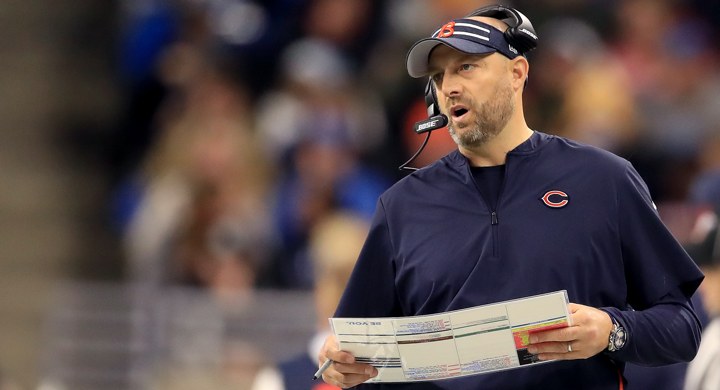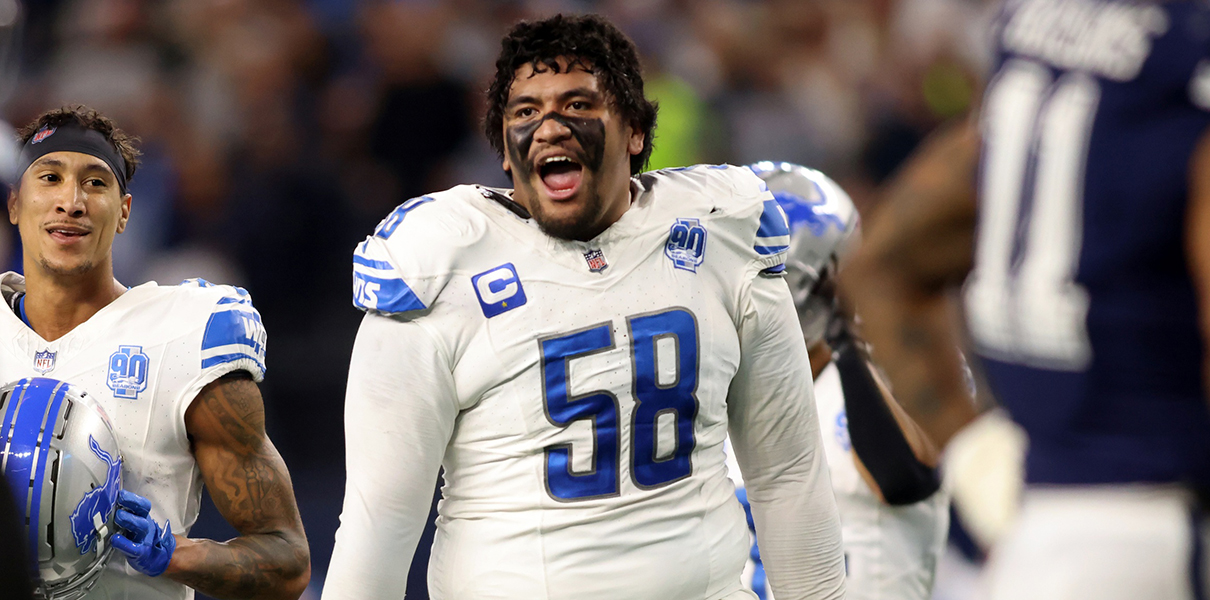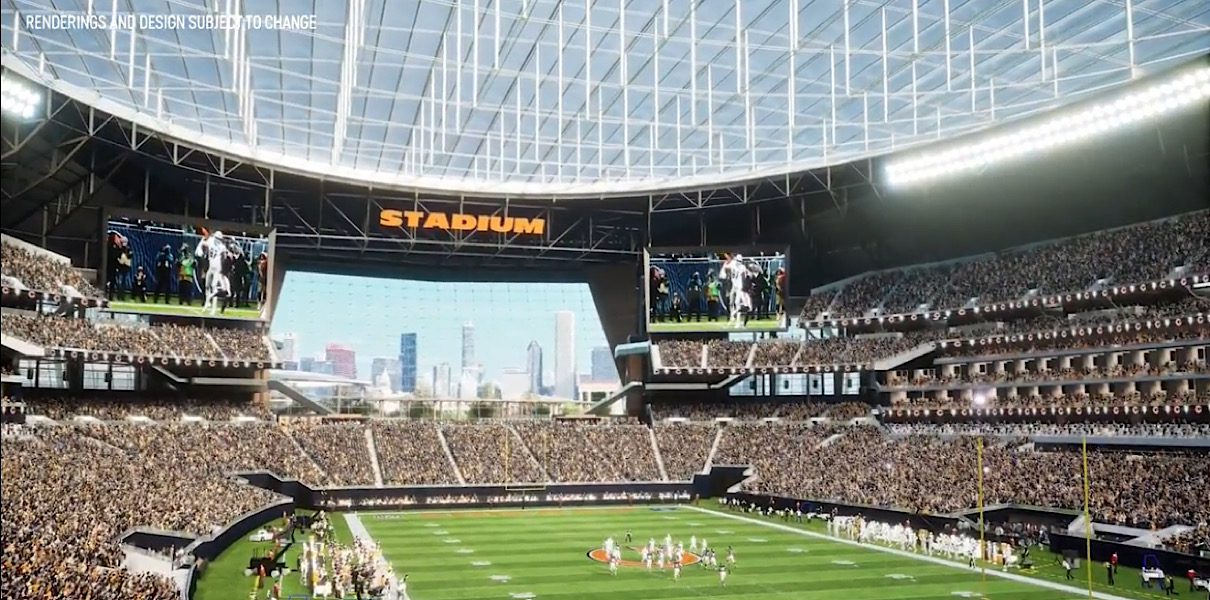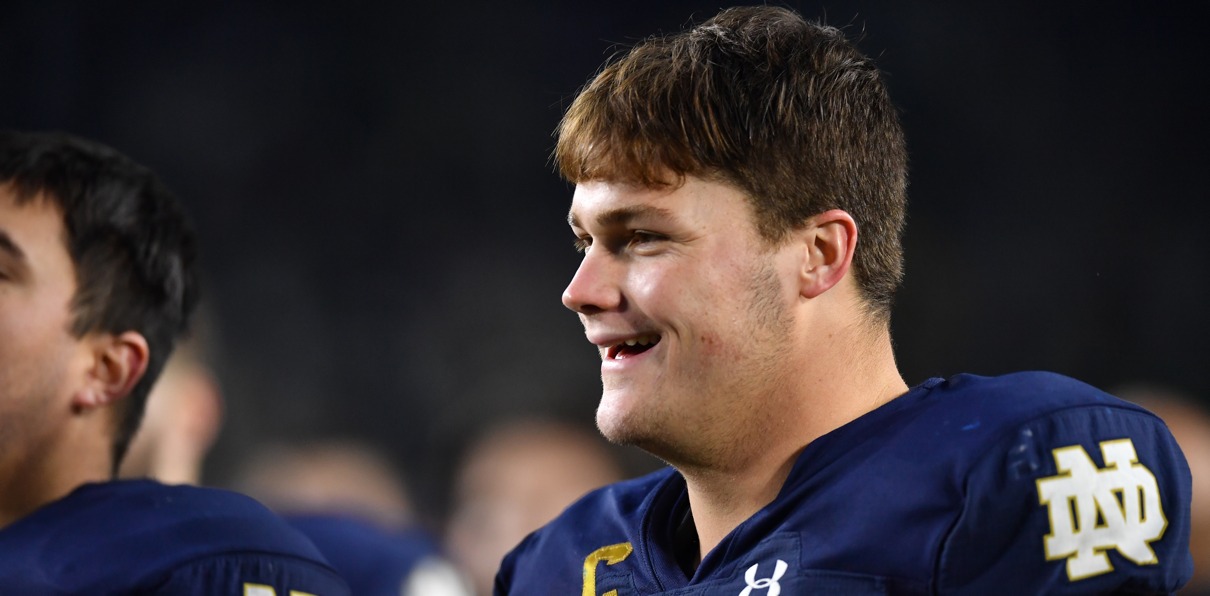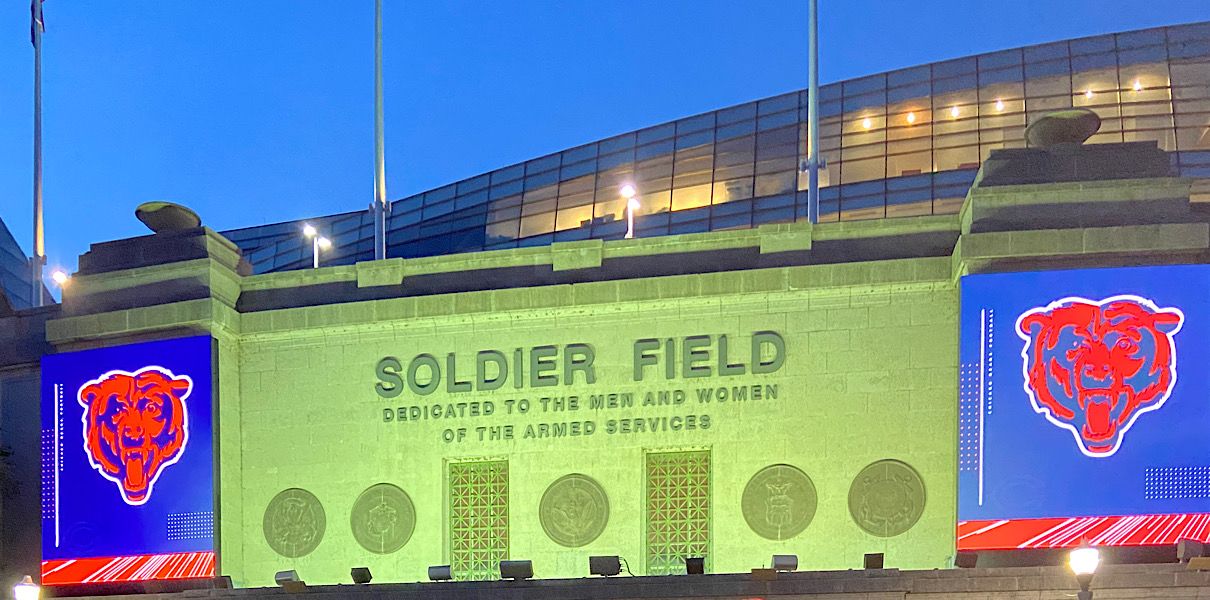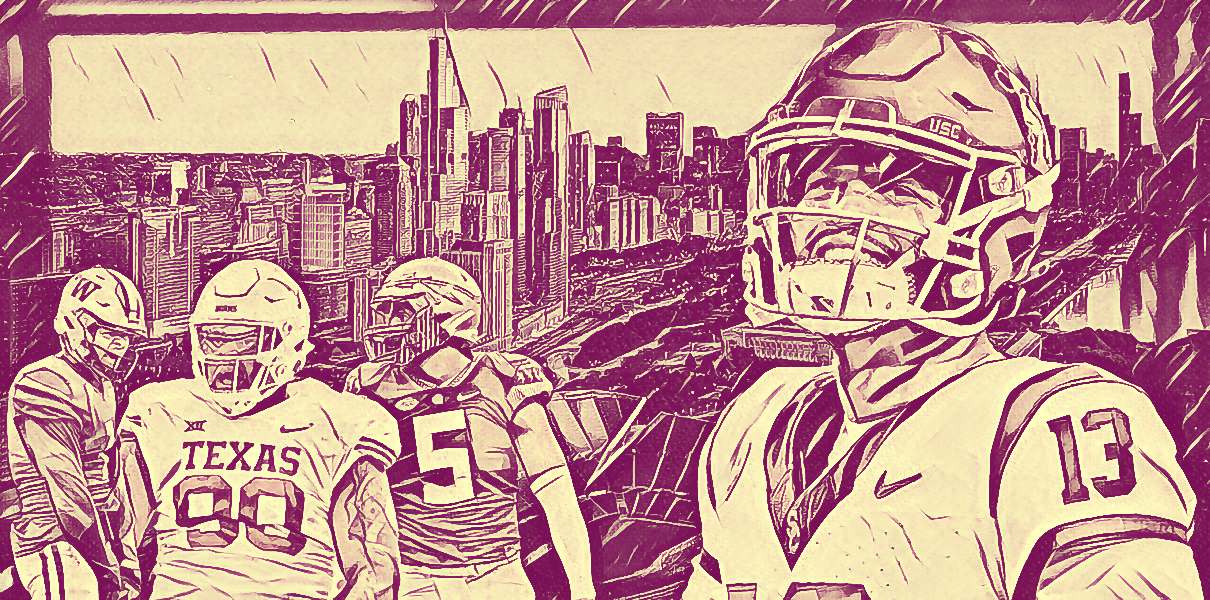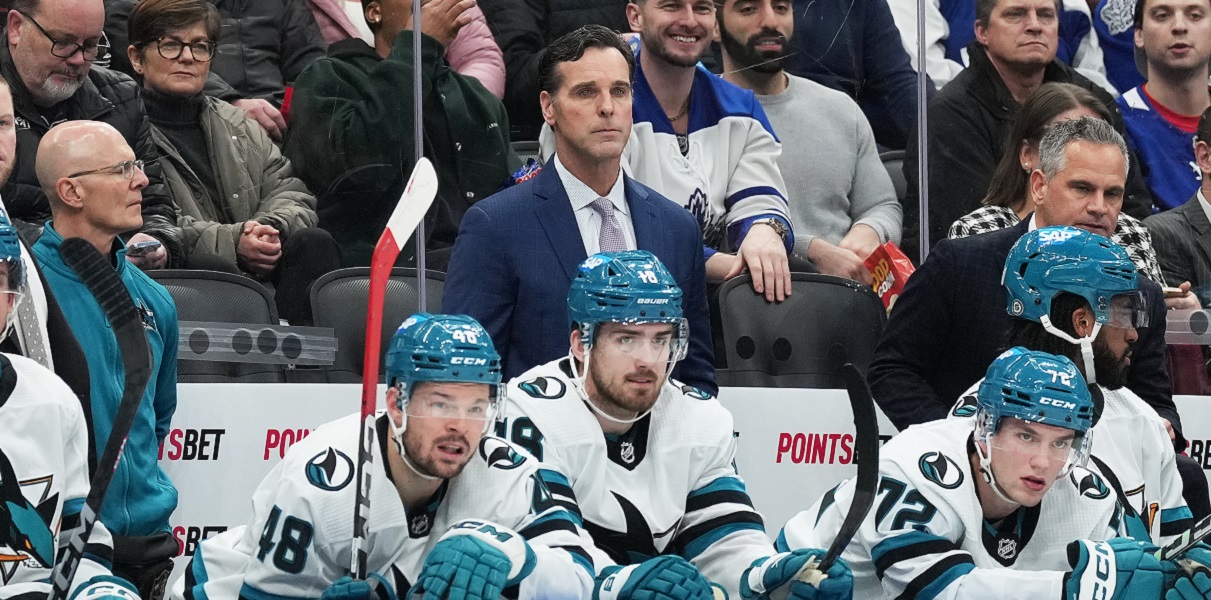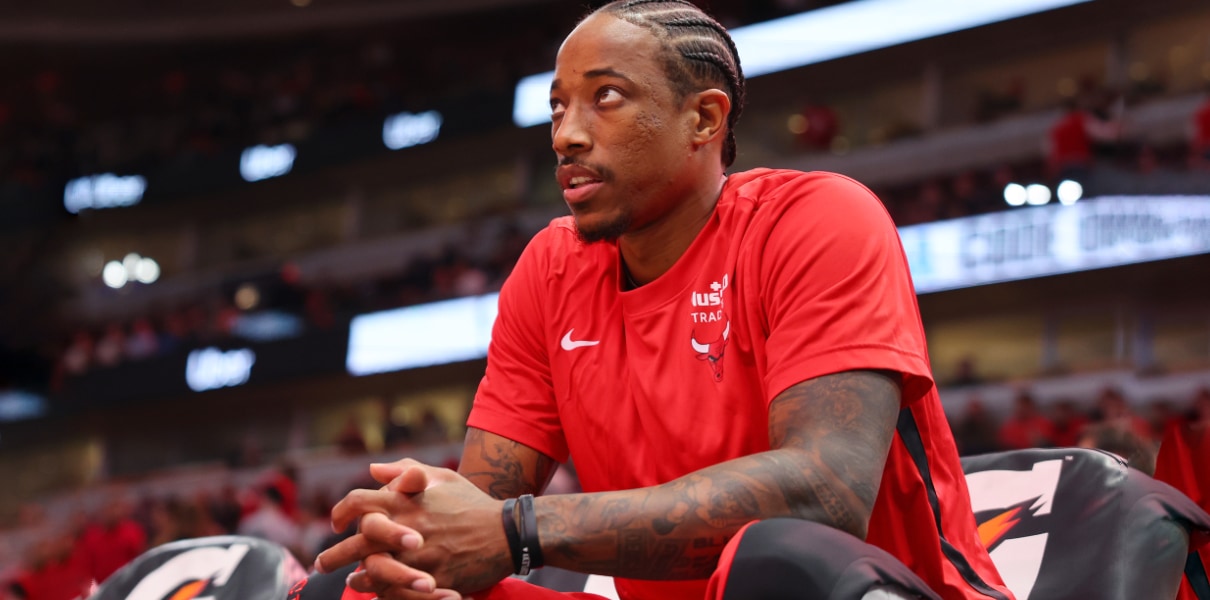Losing is one thing.
Losing in a blow out takes it to another level.
But something far worse happened to Bears Head Coach Matt Nagy on Monday Night Football:
After rewatching the #MNF game between the @RamsNFL & @ChicagoBears the biggest takeaway—-The coaching gap between McVay and Nagy is enormous—like enormous—whatever you think it is—times it by 10.
— Dan Orlovsky (@danorlovsky7) October 27, 2020
Just starting to go through the All-22 (#prayformojo). It's so evident how one coach had a plan with plays that built off of each other, while the other seemingly selected plays at random off of a call sheet with no purpose.
— dan durkin (@djdurkin) October 27, 2020
A whole bunch of people saw Sean McVay run circles around Matt Nagy on MNF. And tweets from league analysts such as Dan Orlovsky and Dan Durkin drove home how bad it looked. Durkin pointed out how Nagy’s play calling was kin to selecting random plays off his sheet, which is something I felt when I described the Bears head coach as more of a play collector than a play caller. Meanwhile, Orlovsky talked about an “enormous” gap between McVay (the NFL’s Coach of the Year in 2017) and Nagy (who won the award a year later).
No matter how it’s presented, it’s not good. Hence, we’re here to have that conversation about the Bears head coach.
“Play-Caller” Matt Nagy Is Causing “Head Coach” Matt Nagy Problems
Nagy’s play-calling has been problematic for the better part of the last two seasons.
It’s not changing any time soon …
Matt Nagy says the #Bears look at all things with coaches. And right now have determined that his play calling is not the issue.
— Zack Pearson (@Zack_Pearson) October 29, 2020
… but maybe it should.
My biggest critique is that the plays work individually, but not in chorus with each other. So rather than seeing concepts stacked together to attack an opposing defense, we’re watching one-off plays work every once in a while. Ultimately, we’re witnessing a significant step-back in offensive production for a second consecutive year.
We have seen a decrease in motion, misdirection, and gadgetry that was prevalent in his first season with the Bears. In its place, an increase of different packages and personnel. And while John Fox taught us there’s more than one way to carve out a win, I don’t think it’s a coincidence that 10 teams with winning records rank in the top half of snap motion percentage. Good teams use motion, misdirection, and deception to create space and leverage for playmakers, thus opening windows for their quarterbacks. The Bears aren’t doing that enough, evidenced by their 10.9 percent snap motion rate ranking 17th among 32 teams. And for what it’s worth, the Bears are one of just five teams with winning records in the bottom half in this category. Again, not a coincidence.
This is what the Bears’ offense should look like:
Sigh, 2019 feels like such a long time ago.
“Head Coach” Matt Nagy Is Causing “Play-Caller” Matt Nagy Problems
Compounding matters for the play-caller is the decision-making by the head coach.
Player and personnel usage has been highly questionable throughout this season. Sure, GM Ryan Pace bought the groceries and should wear it for how he equipped the offense. But this post isn’t about him. In fact, we’ll dive into how Pace hasn’t done Nagy many favors in recent years at a later time. For the moment, let’s focus on Nagy’s misuse of the players at his disposal.
For instance, Nagy continues to insist that rookie tight end Cole Kmet needs more playing time. As a head coach, Nagy is largely responsible for who plays when. Of course TEs Coach Clancy Barone and OC Bill Lazor have a say in the matter. But when in doubt, look to the guy at the top for answers. And to this point, the percentage of snaps played for Kmet per game has hovered in the low-30s. If you’re familiar with tight end learning curves, then this isn’t totally unexpected. However, watching Demetrius Harris miss blocks and drop passes makes me wonder if the Bears are better off throwing the rookie to the wolves and giving him a bit of trial by fire.
It’s not just individual players, personnel packaging is an issue, too.
Using the personnel group frequency data found at Sharp Football, I learned Chicago runs most of its offense through 11 personnel. And as fate would have it, the 3-receiver base package has been where the Bears have ran most effectively. Chicago’s rushers are averaging 5.7 yards per carry on 57 rush attempts out of 11 personnel, which comes out to a 60 percent Successful Run Percentage. Unfortunately, the passing game (80.6 rating, 10-6 TD-INT, 5.5 Y/A) is middling at best.
You might expect a larger presence at the point of attack would help the running game, but that hasn’t been the case to this point. Because when the Bears run out of 12 personnel (2 WR, 2 TE, 1 RB), it comes with just a 43 percent successful run rate as they average just 3.4 yards per carry. However, this package comes with a Successful Pass Percentage of 71 percent. Bears quarterbacks have posted a 110.5 passer rating and averaged 8.6 yards/attempt. Go figure.
Maybe a simple solution is running more out of 11 personnel, which spreads defenses that are geared toward stopping the pass. Then, coming back with pass plays out of formations when they are expected to run. I realize it’s not that easy, but it’s just an idea I’d like to pass along to the help desk.



